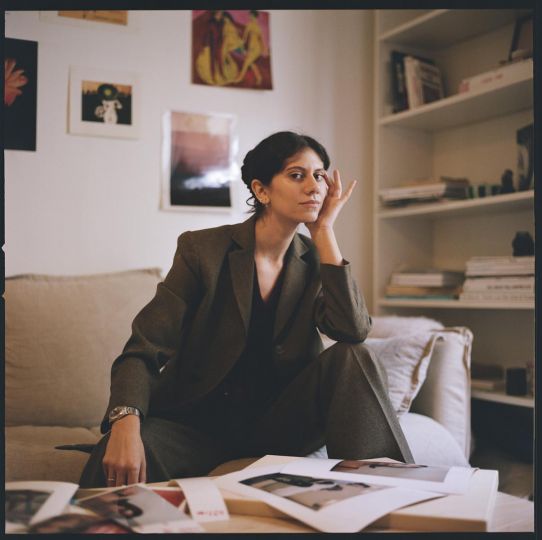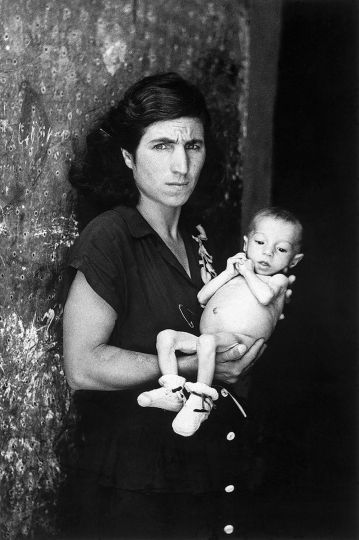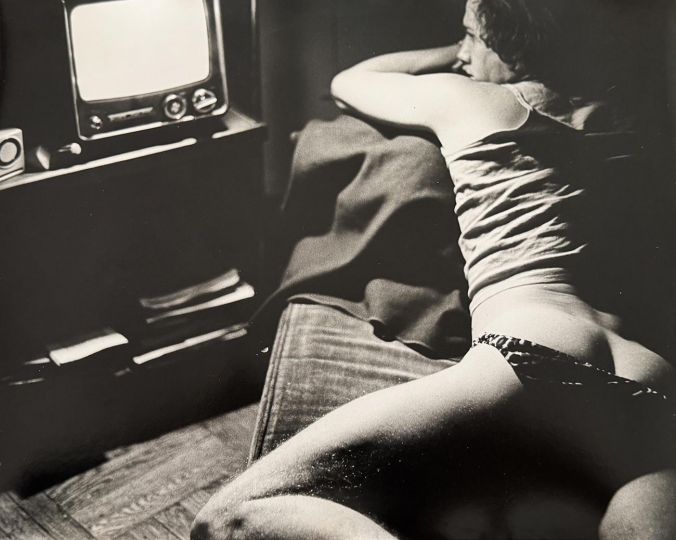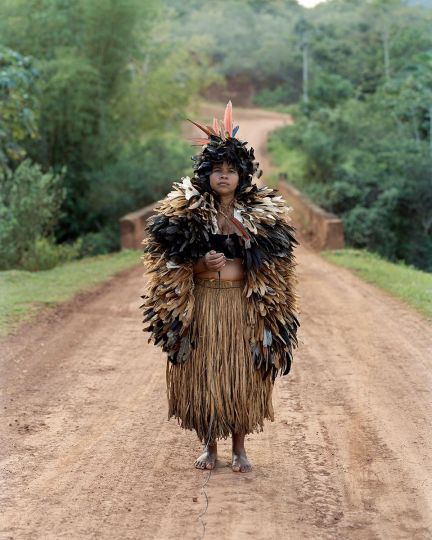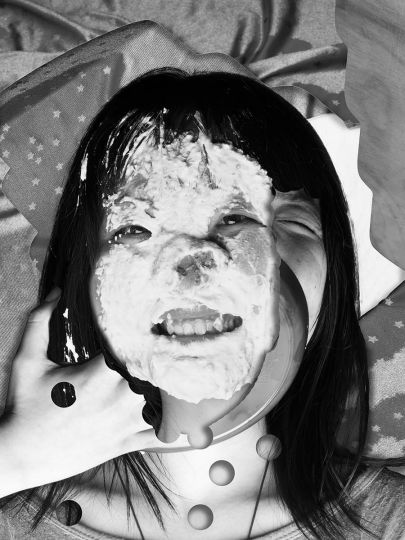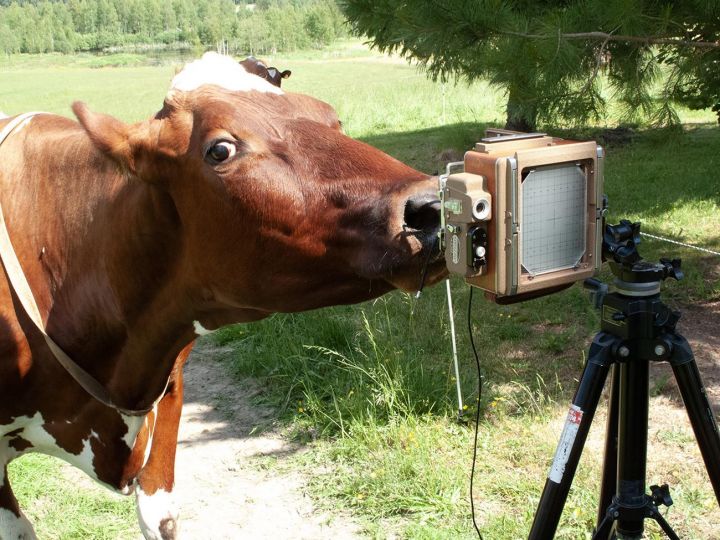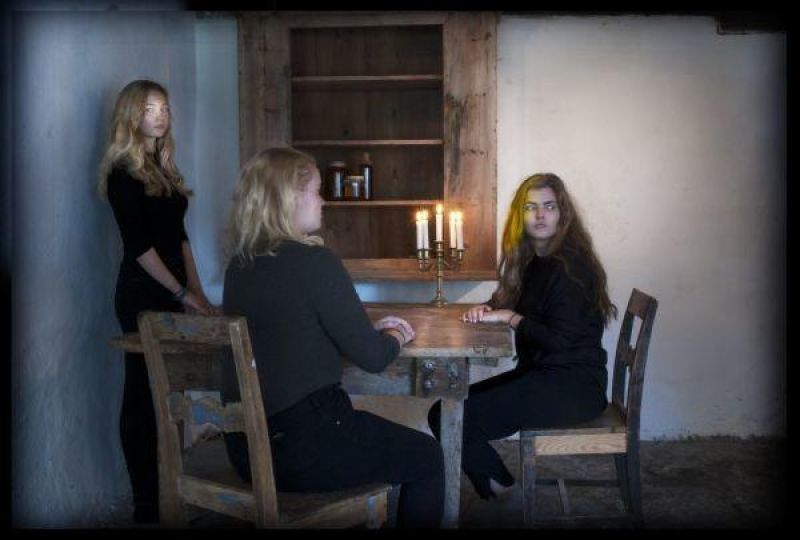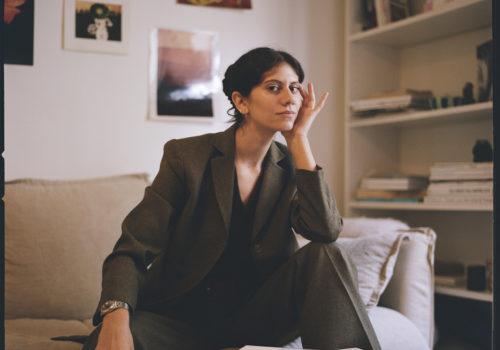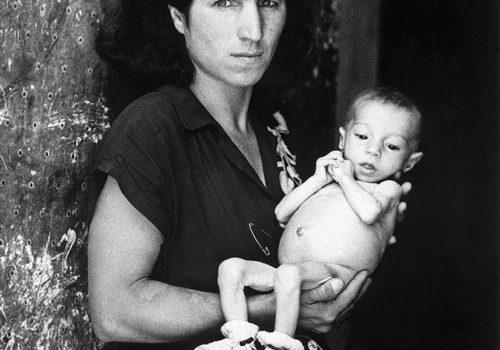Ellen Carey‘s research, on the contribution of women photographers to color photography, begins with Anna Atkins (1799-1871, England), the first female photographer and pioneer of color. Ellen Carey’s project is driven by the recent scientific discovery of tetrachromacia, a genetic exception found in some women who have 4 optical cones instead of 3, allowing them to see more color. The consequences of this discovery open the door to a reinterpretation of the history of visual arts.
The Women in Color exhibition was first shown at the Rubber Factory Gallery (NY, 2017); more European, the Parisian edition includes artists Claire Aho, Merry Alpern, Jo Bradford, Jo Ann Callis, Ellen Carey, Patty Carroll, Elinor Carucci, Susan Derges, Sally Gall, Meghann Riepenhoff, Mariah Robertson Chloe Sells, Brea Souders, Nancy Wilson-Pajic.


